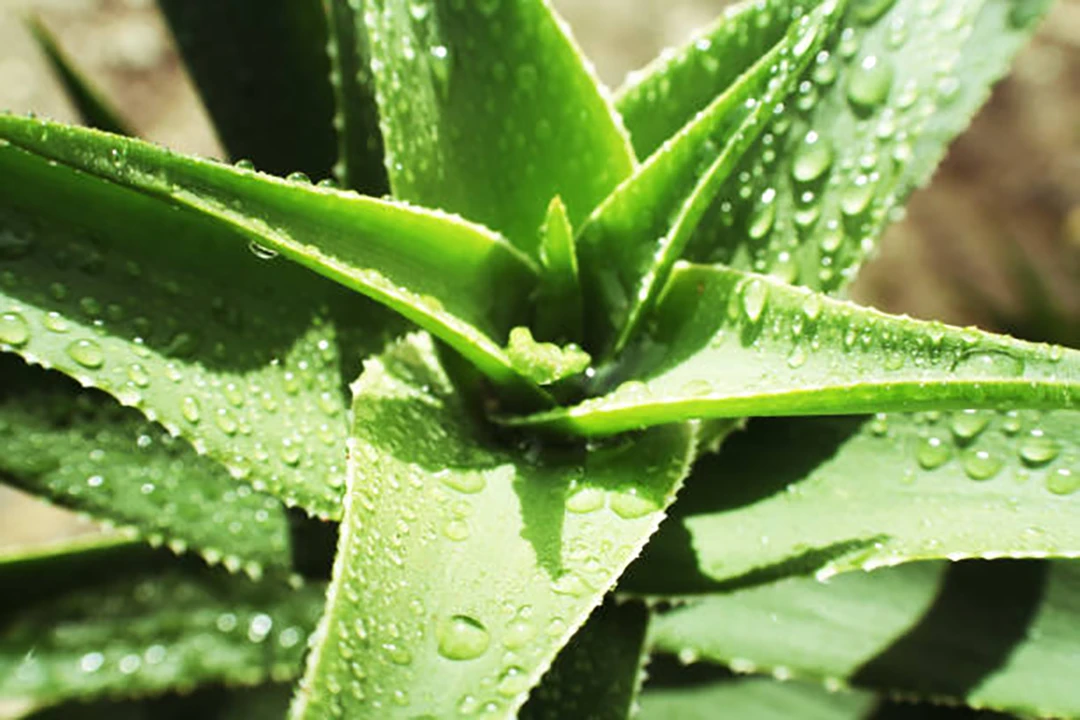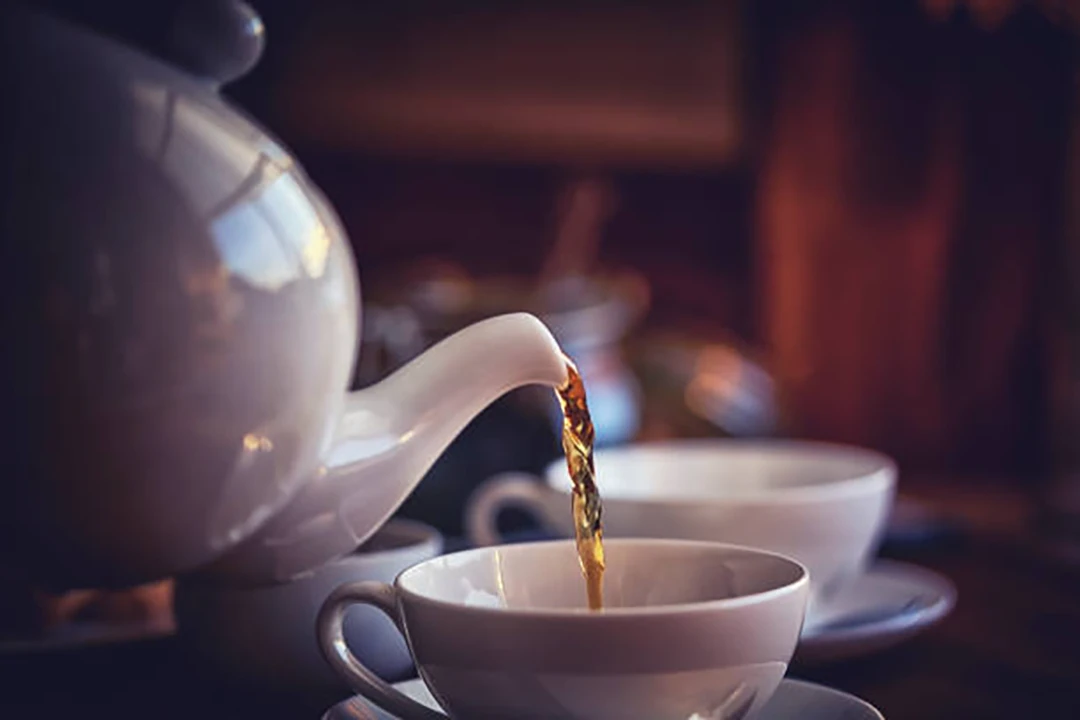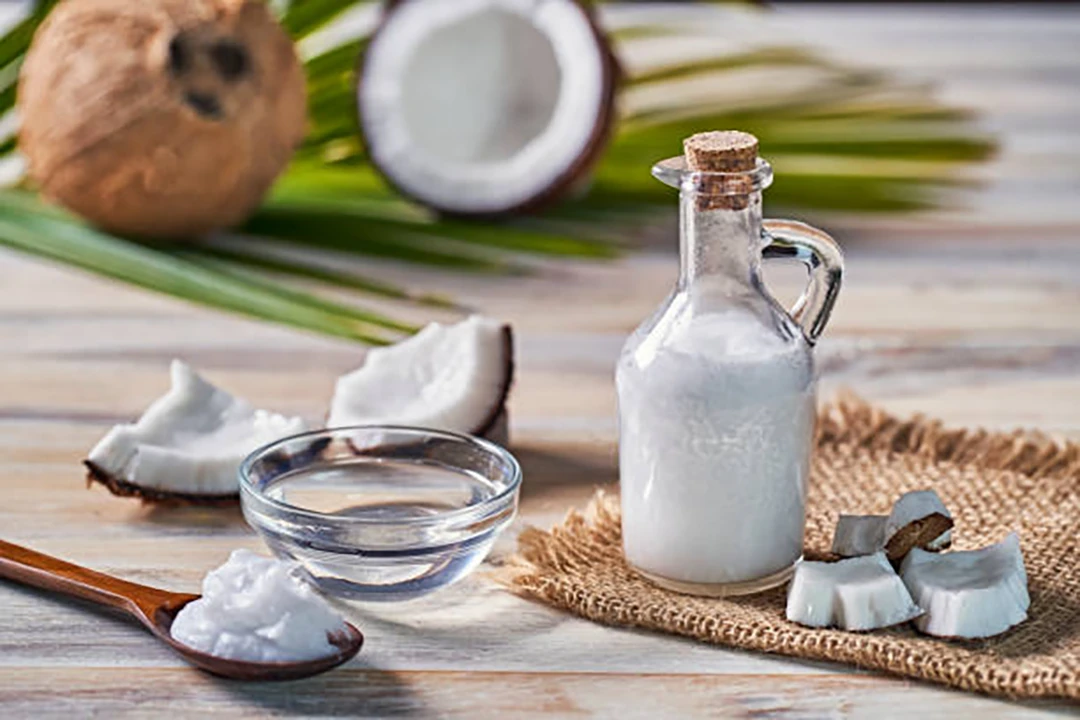A stye, medically known as a hordeolum, is a common infection of the eyelid that typically develops rapidly over a few days. Styes can affect one or both eyes and may occur simultaneously on the same eyelid. There are two types of styes: external styes, which are more common, and internal styes, which are less frequent. External styes are characterized by acute suppurative inflammation of the lash follicle and associated glands of Zeis or Moll, often linked to habitual eye rubbing or chronic blepharitis. Internal styes, on the other hand, involve inflammation of the meibomian glands located within the eyelid.
Types of Styes
While all styes may seem similar at first glance, there are actually two distinct types: external and internal styes. Each type has its unique characteristics, causes, and symptoms. Understanding the differences between them can help you better manage and treat this irritating eye issue. Let’s explore the types of styes and what sets them apart.
- External Stye (External Hordeolum)
- Internal Stye (Internal Hordeolum)
Common causes of Styes
Understanding the common causes of styes can help you avoid them and take steps to prevent future occurrences. From everyday habits to underlying health conditions, several factors can contribute to the development of a stye. Whether it’s due to poor hygiene, frequent eye rubbing, or certain skin conditions, knowing these causes can empower you to protect your eye health. Let’s dive into the most common causes of styes and how they might be affecting you.
- Bacterial Infection
- Clogged Oil Glands
- Blepharitis
- Skin Conditions
- Poor Hygiene
- Medical Conditions
- Hormonal Changes
Best herbs for Styes
The use of herbs for treating styes, also known as external hordeolum, offers a promising alternative to conventional medication. Styes are acute inflammations of the lash follicle and associated glands, often exacerbated by habitual eye rubbing or chronic blepharitis. Herbal treatments, such as the application of Rason swarasaa, have been highlighted for their potential effectiveness in managing styes. This approach aligns with the broader trend of utilizing herbal medications as complementary and alternative therapies, which are favored for their safety, low toxicity, and cost-effectiveness. While conventional treatments for various conditions, including inflammatory bowel disease, often come with significant side effects and high costs, herbal remedies provide a natural and accessible option that warrants further scientific exploration and validation. Thus, incorporating herbal treatments for styes could offer a viable and holistic alternative to traditional pharmacological methods.
1. Staphysagria
Staphysagria, a homeopathic remedy derived from the seeds of the Delphinium plant, is often recommended for treating styes, particularly when they are recurrent or associated with emotional stress. This remedy is believed to help alleviate the inflammation and discomfort caused by styes by addressing underlying emotional factors that may contribute to their development. Staphysagria is typically used when styes are painful, sensitive to touch, and accompanied by a sensation of burning or itching in the affected area. By promoting healing and reducing the frequency of stye occurrences, Staphysagria offers a natural approach to managing this common eye condition.
What Research Says?
- Based on research carried out by International Journal of Homoeopathic Sciences and International Journal of Research and Review, both case reports indicate that Staphysagria, when prescribed based on symptom similarity, provides significant relief from styes. One case involved a girl with recurrent styes treated with Staphysagria 200, showing prevention of recurrence over a 6-month follow-up period. Another case involved a 35-year-old female treated with Staphysagria 30, resulting in good relief within one month.
How to Consume
To consume Staphysagria for the treatment of styes, it is typically administered in the form of homeopathic pellets or tablets. The standard dosage often involves taking a low potency, such as 6C or 30C, which can be taken two to three times a day. It is important to place the pellets under the tongue and allow them to dissolve completely, avoiding any food or drink for at least 15 minutes before and after taking the remedy to ensure optimal absorption. As with any homeopathic treatment, it is crucial to follow the guidance of a qualified homeopath or healthcare provider to determine the appropriate dosage and frequency for your individual needs.
Potential Side Effects of Staphysagria
Staphysagria, when used as a homeopathic remedy, is generally considered safe due to its high dilution levels. However, some individuals may experience side effects, particularly if the remedy is not used appropriately. Common side effects include a temporary worsening of symptoms, known as homeopathic aggravation, and, in rare cases, allergic reactions. Additionally, if the raw stavesacre seeds are consumed, they can cause nausea, stomach discomfort, itching, and difficulty in urination and breathing due to their toxic nature.
Who Should Avoid Staphysagria
Certain individuals should avoid using Staphysagria, especially those who are pregnant or breastfeeding, as there is insufficient reliable information about its safety for these groups. People with stomach or intestinal problems should also avoid it, as it can irritate the lining of the stomach and intestines, potentially worsening these conditions.
Interaction with Medications
Currently, there is limited information on specific interactions between Staphysagria and conventional medications. However, as with any homeopathic remedy, it is essential to consult with a healthcare provider before combining it with other treatments. This precaution helps ensure that the remedy does not interfere with the efficacy of prescribed medications or exacerbate any existing health conditions.
Other Herbs
2. Aloe Vera

Aloe vera is renowned for its antibacterial and anti-inflammatory properties, making it a suitable remedy for styes. The gel from the aloe vera plant can be applied directly to the stye to reduce swelling and prevent bacterial infection. It helps soothe redness and discomfort, promoting faster healing. Aloe vera is also rich in vitamins and minerals that nourish the skin, making it a versatile remedy for various skin conditions, including styes.
3. Chamomile
Chamomile is known for its calming and anti-inflammatory effects. It can be used as a warm compress to relieve pain and discomfort associated with styes. Chamomile tea bags or loose leaves can be steeped in hot water, cooled slightly, and then applied to the affected area to help reduce swelling and promote healing. Its soothing properties make it a popular choice for treating eye irritations and promoting relaxation.
4. Rosemary
Rosemary acts as a natural antibiotic and can be combined with chamomile to wash the eyes. This combination helps reduce infection and swelling, providing relief from stye symptoms. Rosemary is also known for its antioxidant properties, which can help protect the skin from damage and promote overall eye health. Its fragrant aroma adds an additional calming effect when used as a remedy.
5. Eyebright
Eyebright has a long history of use in treating eye ailments. It possesses anti-inflammatory properties that can help relieve irritated and inflamed eyes. Eyebright can be used in the form of eye drops or as a tea infusion to help manage stye symptoms. Its traditional use in herbal medicine makes it a trusted remedy for various eye conditions, including styes.
6. Cloves
Cloves have natural analgesic and antibacterial properties. A clove infusion can be used as a dressing to decrease irritation and eliminate bacteria, helping to prevent the stye from worsening. This remedy can be applied to the affected area using a clean cloth or gauze. Cloves are also known for their aromatic properties, which can provide a soothing effect when used as a treatment.
7. Black Tea

Black tea contains tannins that have antibacterial properties and can help reduce swelling. A warm black tea bag can be used as a compress on the stye to alleviate symptoms and promote drainage. The natural astringent properties of black tea make it an effective remedy for reducing inflammation and soothing irritated skin.
8. Apple Cider Vinegar
Apple cider vinegar is known for its anti-inflammatory and antibacterial properties. It can be applied carefully to the stye using a Q-tip to reduce inflammation and fight infection. It’s important to keep the eyes closed during application to avoid irritation. Apple cider vinegar’s natural acidity helps balance the skin’s pH, promoting healing and preventing further infection.
9. Coconut Oil

Coconut oil is beneficial for treating styes due to its antibacterial and anti-inflammatory properties. It helps reduce redness, swelling, and discomfort. Coconut oil can be applied to the stye using a clean cotton swab or fingertips, providing a moisturizing effect that prevents further irritation. Its soothing properties make it a gentle and effective remedy for sensitive skin around the eyes.
FAQs
- Can styes be contagious?
Styes are typically caused by bacteria and are not highly contagious. However, sharing towels, washcloths, or touching the infected area and then touching another person’s eye can spread the bacteria. It’s essential to maintain good hygiene to prevent spreading.
- How long does it usually take for a stye to heal?
Most styes heal within 1 to 2 weeks, especially with home remedies and proper care. However, if the stye persists beyond this period or becomes increasingly painful, medical attention may be necessary.
- Are there any foods or drinks that can help prevent styes?
While there are no specific foods or drinks that can prevent styes directly, maintaining a diet rich in antioxidants, vitamins (especially vitamin A and C), and minerals can help strengthen the immune system and support overall eye health.
- What is the difference between a stye and a chalazion?
A stye is an acute infection of the oil glands in the eyelid, causing a red, painful lump. A chalazion is a non-infectious blockage of the oil gland, leading to a firm, painless lump that may take longer to heal.
- Can stress cause a stye?
While stress is not a direct cause of styes, it can weaken the immune system, making the body more susceptible to infections like those causing styes.
- Can wearing makeup cause or worsen a stye?
Yes, wearing old or contaminated makeup, especially around the eyes, can contribute to the development or worsening of a stye. It’s crucial to use clean makeup tools and replace eye makeup regularly to prevent bacterial buildup.
- Should I pop a stye like a pimple?
No, you should never pop or squeeze a stye, as this can spread the infection and potentially cause more damage to the eye. Instead, use warm compresses to encourage natural drainage.
- Can I wear contact lenses if I have a stye?
It is generally recommended to avoid wearing contact lenses while you have a stye, as this can irritate the eye further and potentially spread the infection.
- What should I do if my stye does not improve with home treatment?
If a stye does not improve after a week of home treatment or worsens, you should consult an eye care professional. They may prescribe antibiotics or recommend draining the stye if it is particularly large or painful.
- Can children get styes, and how should they be treated differently?
Yes, children can get styes. The treatment is generally the same as for adults, using warm compresses and maintaining good hygiene. However, it is important to monitor the child closely to ensure they do not rub or touch the infected area, which can spread the infection.

